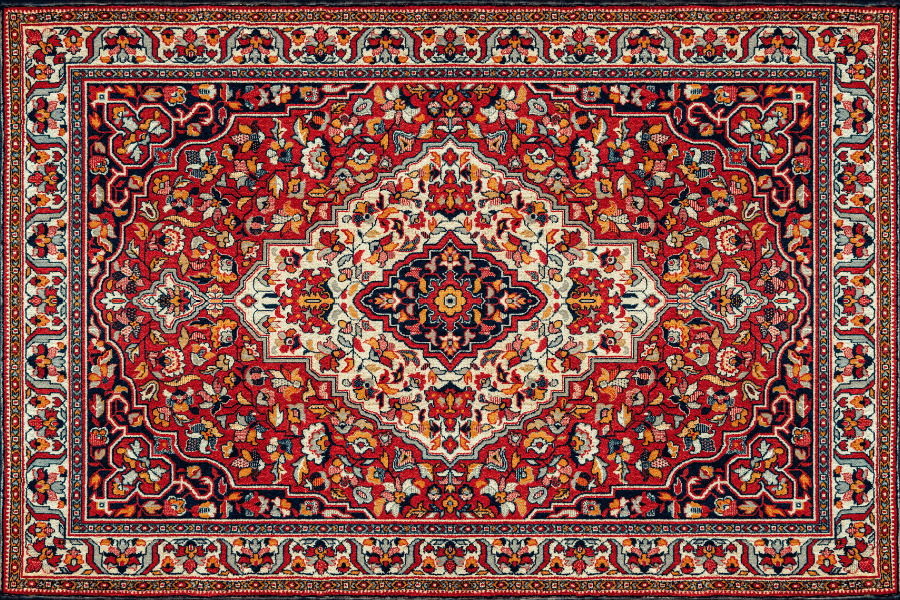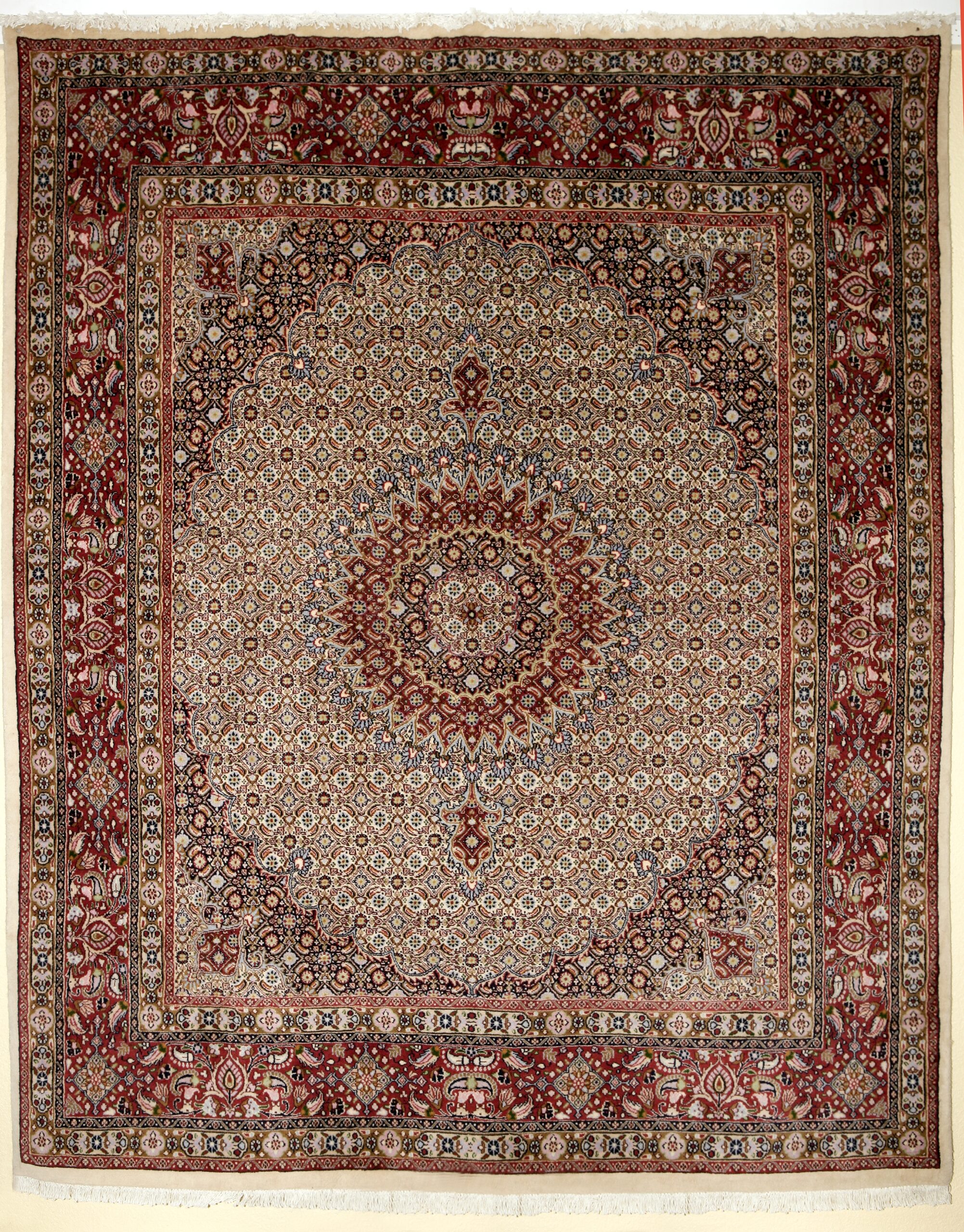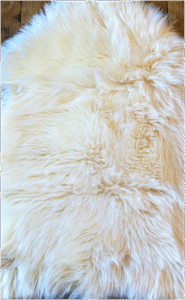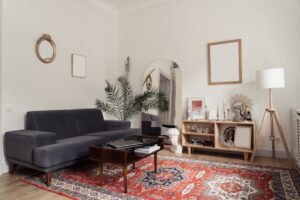When it comes to timeless elegance and cultural heritage in home decor, Persian rugs stand as a symbol of artistry and tradition. These handcrafted masterpieces have captivated collectors, designers, and homeowners for centuries. Whether you’re a first-time buyer, a curious collector, or someone seeking to appreciate the history woven into each thread, understanding Persian rug patterns is key to making informed decisions. This beginner’s guide from Rug Journal will walk you through everything you need to know to identify Persian rug designs with confidence.
Introduction to Persian Rug Patterns
Persian rugs are far more than floor coverings—they are stories woven into wool, silk, and cotton. Each region in Iran (formerly Persia) has developed its unique artistic expression, resulting in a wide variety of patterns, motifs, and weaving styles. From the geometric to the floral, from tribal simplicity to urban elegance, Persian rug patterns reveal not only where a rug comes from but also the culture and spirit behind it.
Why Learning Rug Patterns Matters
Identifying rug patterns allows you to:
- Recognize authenticity and origin
- Estimate value and craftsmanship
- Appreciate cultural and historical significance
- Match rug style to interior décor
- Avoid misidentification and fraud
Being able to spot a Heriz from an Isfahan, or a Qashqai from a Tabriz, empowers you to appreciate the full narrative of Persian rugs.

The Core Elements of Persian Rug Designs
While the styles vary greatly across regions, Persian rug designs often incorporate the following elements:
- Medallions: Central motifs, often circular or oval
- Corner Brackets: Ornamental designs placed in each corner of the rug
- Borders: A series of frames enclosing the central field
- Repeating Motifs: Geometric or floral elements repeated throughout
- Color Palette: Often uses natural dyes; key colors include red, blue, beige, and gold
Regional Persian Rug Patterns and Their Characteristics
Understanding which patterns come from which regions is central to identifying Persian rug designs. Here’s a breakdown of the most iconic styles:
1. Tabriz Rugs
Origin: Tabriz, northwest Iran
Design Traits:
- High knot density, highly detailed
- Central medallion, floral motifs, or pictorial scenes
- Elegant and often very symmetrical
- Wide range of color schemes
Ideal for: Traditional and luxurious interiors
2. Isfahan Rugs
Origin: Isfahan, central Iran
Design Traits:
- High silk and wool blend, fine knotting
- Arabesques, medallions, and curvilinear floral patterns
- Ivory background with blues, reds, and soft greens
Ideal for: Formal settings, art collectors
3. Heriz Rugs
Origin: Heriz, northwest Iran
Design Traits:
- Bold, geometric medallions
- Sturdy weave, made with thicker wool
- Earthy tones: rust, navy, ivory
Ideal for: Rustic, boho, or masculine spaces
4. Kashan Rugs
Origin: Kashan, central Iran
Design Traits:
- Highly symmetrical medallion-and-corner design
- Floral motifs, often with rose and leaf patterns
- Deep reds, blues, and ivory
Ideal for: Classically elegant interiors
5. Qom (Qum) Rugs
Origin: Qom, near Tehran
Design Traits:
- Made with silk, luxurious sheen
- Intricate floral and hunting scene motifs
- Fine detailing and high knot count
Ideal for: Collectors, smaller accent spaces
6. Qashqai Rugs
Origin: Nomadic tribe in southern Iran
Design Traits:
- Tribal, geometric, and animal motifs
- Bold colors, natural dyes
- Often asymmetrical or free-flowing
Ideal for: Eclectic, ethnic-inspired spaces
Key Motifs and What They Represent
Persian rug patterns are filled with symbolism. Here are common motifs and their meanings:
- Boteh (Paisley): Represents flame, pinecone, or eternal life
- Gul (Rose): Beauty and femininity
- Tree of Life: Spirituality and connection between heaven and earth
- Cypress Tree: Strength and immortality
- Birds: Peace and happiness
- Flowers and Vines: Fertility and abundance
Understanding these motifs adds a layer of appreciation to every rug you encounter.
Geometric vs. Curvilinear Patterns
A good starting point in identifying Persian rug designs is distinguishing between geometric and curvilinear styles:
Geometric Patterns
- Made up of straight lines and angles
- Often found in tribal or nomadic rugs (e.g., Qashqai, Heriz)
- Symbolic rather than realistic
Curvilinear Patterns
- Smooth, flowing lines
- Typically used in city-made rugs (e.g., Isfahan, Tabriz)
- Detailed florals and elaborate central medallions
Knowing this can help you narrow down the rug’s likely origin quickly.
Tools to Help You Identify a Persian Rug
If you’re unsure whether a rug is Persian or trying to pinpoint its origin, these tools and strategies may help:
- Magnifying Glass: Examine the knot density (measured in KPSI – knots per square inch)
- Back of the Rug: Look at the weave structure; Persian rugs are hand-knotted
- Pattern Repetition: City rugs are often more symmetrical
- Feel and Texture: Silk is smooth and shiny; wool is plush and matte
- Ask an Expert: Take photos and consult dealers, or contribute to forums like Rug Journal’s community
Common Mistakes to Avoid
Here are some rookie mistakes when identifying or buying Persian rugs:
- Confusing Persian rugs with Oriental rugs (which also include Chinese, Indian, Turkish, etc.)
- Believing “old” means valuable—age matters, but condition and craftsmanship matter more
- Relying solely on visual style without checking the rug’s back
- Ignoring provenance and labeling
- Assuming machine-made imitations are authentic
Persian Rug Designs in Modern Interiors
Today’s homeowners are blending traditional Persian rug designs with contemporary decor for a chic fusion. Whether you’re working with a minimalist aesthetic or a vintage-inspired look, Persian rugs can:
- Add warmth and texture
- Serve as a statement piece
- Bridge classic and modern styles
Tips for Styling:
- Pair a colorful Kashan with neutral furniture
- Use a Heriz rug to anchor an industrial loft
- Let a silk Qom rug shine in a minimalist hallway
How to Learn More About Persian Rugs
As a beginner, building your knowledge takes time. Here’s how you can expand your understanding:
- Read: Books on textile arts or subscribe to Rug Journal
- Attend: Local rug shows, exhibitions, or online webinars
- Practice: Visit rug shops and ask questions
- Connect: Join online rug forums or communities
Read More:- The Art of Abrash: Celebrating the Unique Color Variations in Hand-Knotted Rugs
Cheat Sheet for Pattern Identification
| Rug Type | Key Pattern | Color Scheme | Knot Type |
|---|---|---|---|
| Isfahan | Arabesques, florals | Ivory, blue, red | Persian/Asymmetrical |
| Heriz | Bold geometrics | Rust, ivory, navy | Persian |
| Qom | Floral/hunting scenes | Soft pastels, jewel tones | Persian |
| Kashan | Medallion/corner | Red, ivory, navy | Persian |
| Tabriz | Medallions, florals | Ivory, navy, pastel | Persian/Symmetrical |
| Qashqai | Tribal/animals | Bright reds, blues | Persian |
How Rug Journal Can Help
At Rug Journal, we are passionate about preserving the history, craftsmanship, and appreciation of Persian rugs. Whether you’re shopping for your first hand-knotted masterpiece or looking to expand a collection, our guides, reviews, and community discussions are here to support your journey. We regularly spotlight rare finds, feature interviews with weavers, and help readers identify and value rugs with confidence.
Conclusion
Understanding Persian rug designs is more than a visual exercise—it’s a way to connect with centuries of tradition, storytelling, and craftsmanship. As a beginner, learning to recognize regional styles, motifs, and patterns will not only help you make smarter buying decisions but also deepen your appreciation for one of the world’s most enduring art forms.




